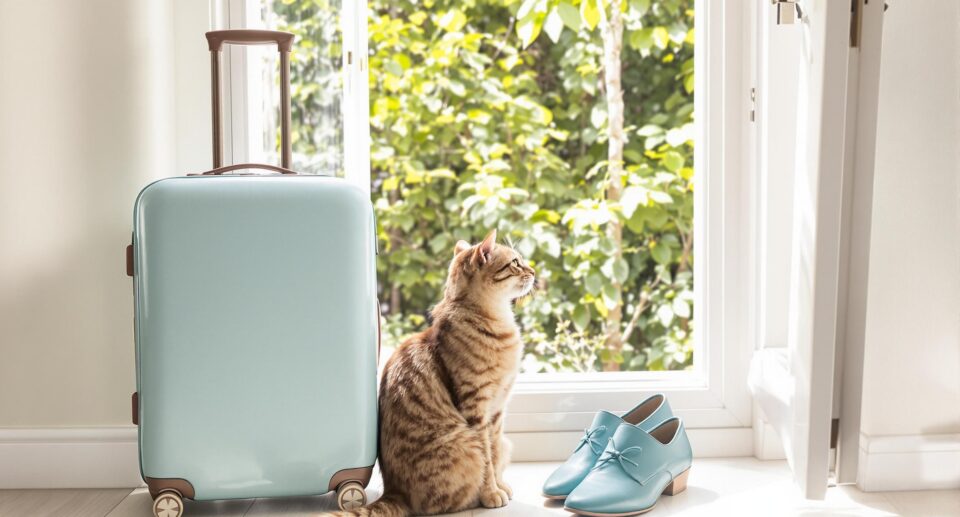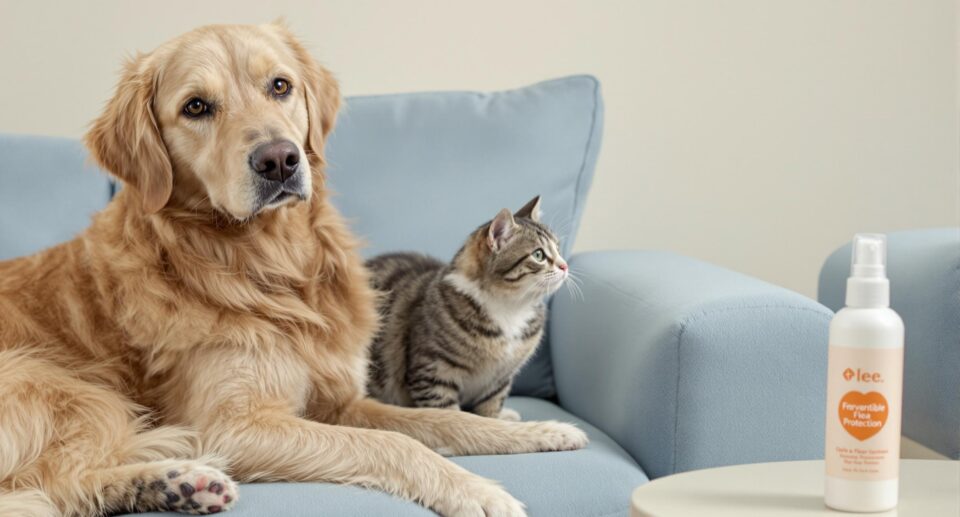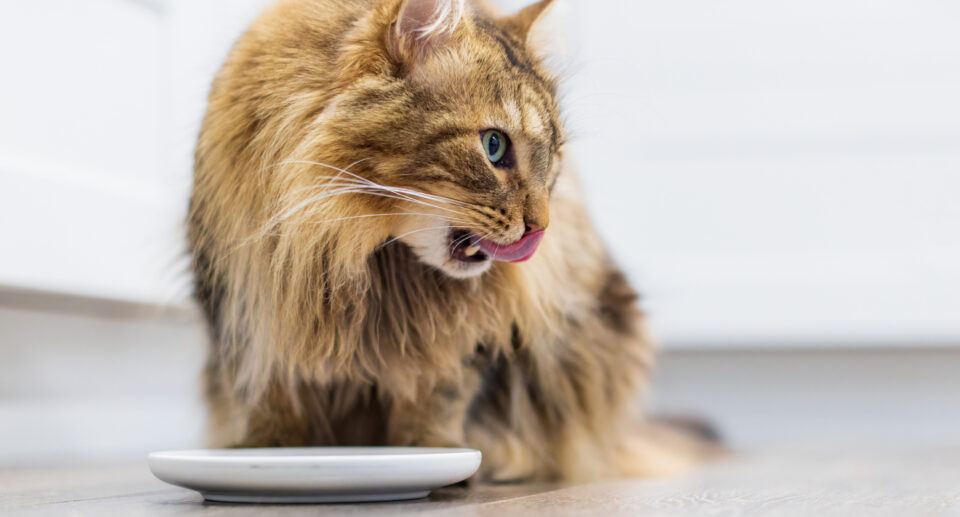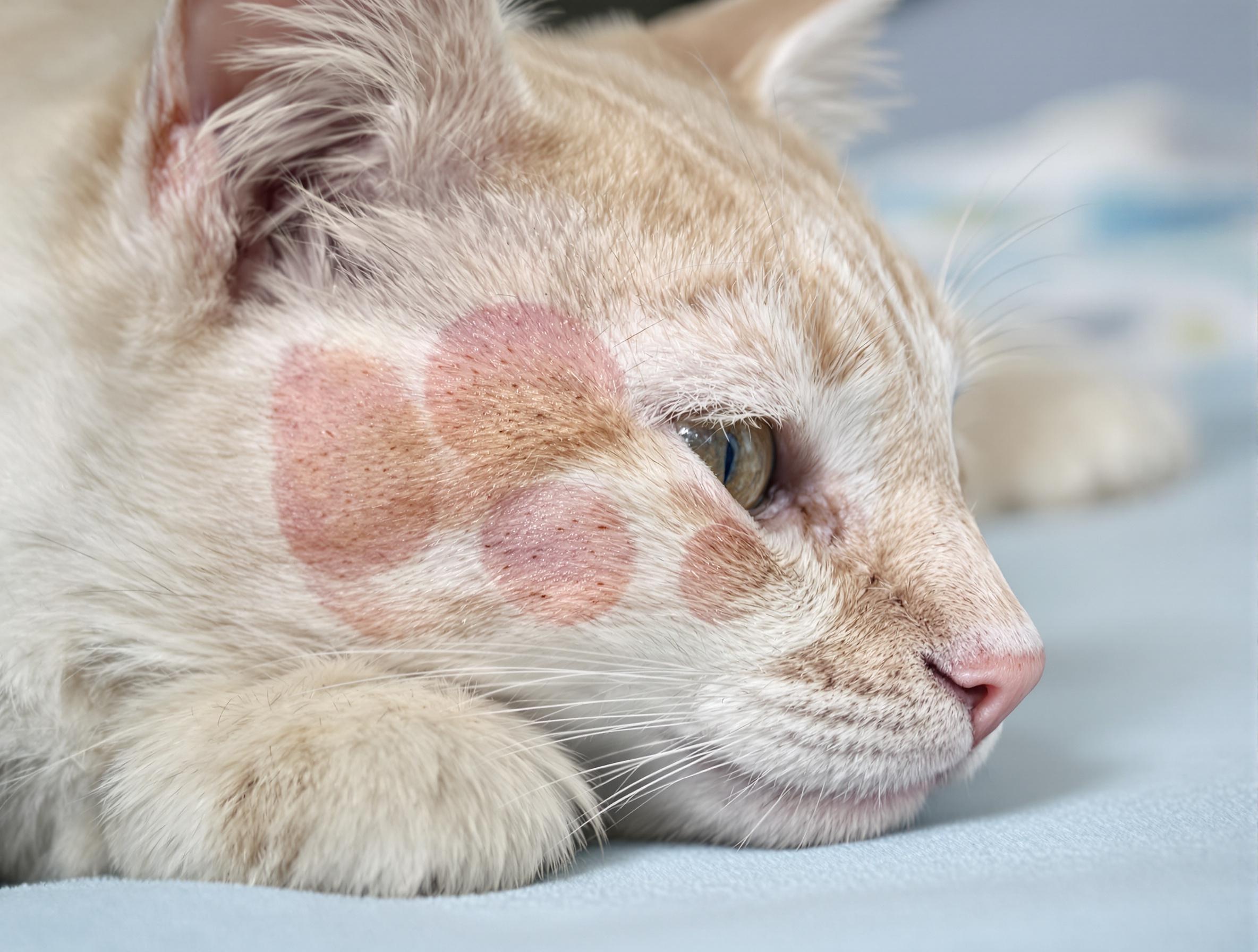How Did My Indoor Cat Get Fleas?

Keeping your cat indoors is a smart choice. Indoor cats are safe from many of the dangers and health hazards of the outside world. Even so, they are still susceptible to fleas and ticks if they are not on a preventative year-round. Here are five surprising ways indoor cats get fleas.
Top 5 Ways Indoor Cats Get Fleas
You have dogs. Even if your dog is protected with a flea and tick preventative, they can bring fleas into your home. Most flea products work by killing the flea once it has bitten, or by preventing fleas from maturing and reproducing. Whether you walk your dog on-leash or they have free run of a backyard, your dog is bound to pick up flea pupae lying dormant in the soil, or brush up against adult fleas lurking in the grass.
You recently moved in or bought secondhand items. Flea larvae spin a cocoon, similar to a caterpillar when it transforms into a butterfly. In the pupal stage, the flea may be dormant for nearly six months. If you’ve recently moved into your home, especially if you moved during the winter, or if the home was vacant for a while, there may have been flea pupae hiding out in the carpets, left behind by the last resident. Similarly, pupae can lie dormant on secondhand items like couches, rugs, and curtains.
Your home has mice or squirrels. If you have squirrels nesting in your attic, or mice or rats in your walls, basement, or crawlspace, they may bring in fleas. In this case, you’ll need to take care of the animal infestation before you can eliminate fleas from your cat and your home.
You have neighbors. If you live in an apartment, townhouse, or condo, it’s possible for fleas to spread between units. Your neighbors and/or their pets may drop fleas, eggs, or larvae as they walk through shared hallways or outdoor areas. Fleas do not travel long distances without a host, but they can hop up to five inches vertically. They’re attracted to light, body heat, and vibrations, all signs that a new host is nearby. When they sense an animal or person is near, they’ll immediately latch on for a blood meal.
You go anywhere, ever. Fleas can live just about anywhere outdoors, as they’re spread by wild animals like squirrels, deer, raccoons, skunks, foxes, or even stray cats. Wherever you go, you may unknowingly encounter fleas and bring them back to your home.
All it takes is one flea to start a new population. Fleas begin to lay eggs just three days after their first blood meal, and then continue to lay up to 50 eggs per day. Within two weeks, that first batch of eggs will have hatched. By the time you start to notice fleas on your cat, their may be hundreds of eggs and larvae in and around your home.
That’s why it’s far easier to prevent an infestation than it is to treat one. Using a flea and tick preventative stops the cycle before it starts, keeping your cat flea-free.





